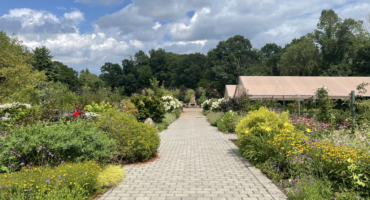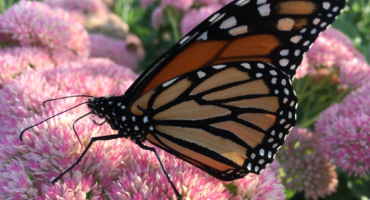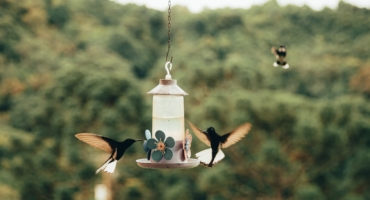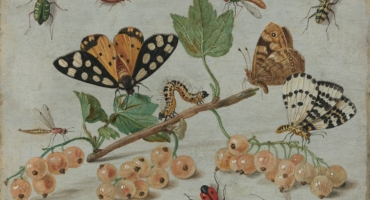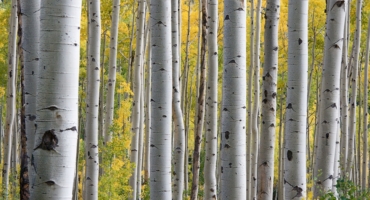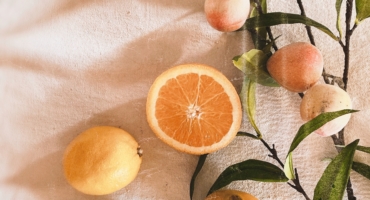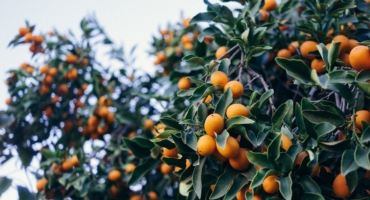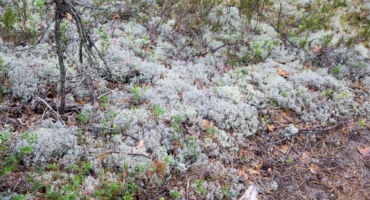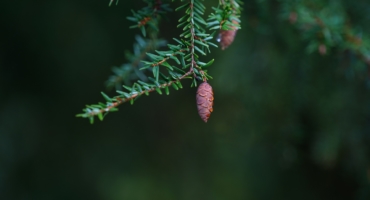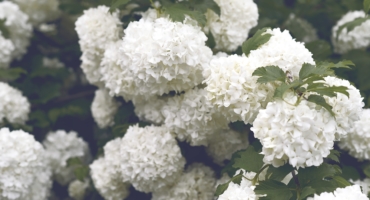What’s In Our Garden
You’ve all been asking What’s In Our Garden, so we thought we’d shared a little of what we have growing here at the nursery. All of what is shown is currently in stock, or will be arriving soon. Verbena – bonariensis – Full sun – Naturalized seeds readily – Depending on where you live, […]
